Switching Your Dog to a New Food: Why Slow is Best & Protein Variety Matters
Jun 17
/
Amanda Smith
Changing your dog’s food can feel intimidating—but when done properly, it can be one of the best things you do for their long-term health. Whether you're upgrading from kibble to fresh food or simply rotating proteins, how you transition and what you rotate can make all the difference.
Let’s break down how to switch your dog’s food safely and why protein rotation can support better digestion, immunity, and overall well-being.
Let’s break down how to switch your dog’s food safely and why protein rotation can support better digestion, immunity, and overall well-being.
Why Switch Your Dog’s Food at All?
Just like us, dogs thrive on nutrient diversity. Sticking with the same food and protein source for years can lead to:
Nutritional gaps
Food sensitivities or intolerances
Boredom with mealtime
A weakened gut microbiome
Switching foods gives your dog a wider range of vitamins, minerals, and amino acids that can support skin health, digestion, and immune resilience. It’s also an easy way to reduce the risk of long-term food sensitivities.
🔄 Why Rotating Proteins is a Game-Changer
Rotating between proteins (like turkey, beef, duck, lamb, etc.) every 4 to 8 weeks introduces new nutrient profiles and minimizes the chances of overexposure to a single ingredient. This is especially helpful for dogs with:
Mild allergies
Digestive upset
Inflammatory conditions
Protein variety supports the gut microbiome—the diverse community of bacteria that helps regulate everything from digestion to immunity.
Tip: Always rotate within the same general feeding approach (e.g., fresh cooked, raw, or freeze-dried) unless guided otherwise by a professional.
🐾 How to Transition Your Dog’s Food Safely
Whether you’re changing brands, recipes, or protein sources, slow and steady wins the race. A gradual transition helps your dog’s digestive system adapt without stress.
Here's a 7-Day Transition Plan:
Day Old Food New Food
Days 1–2 75% 25%
Days 3–4 50% 50%
Days 5–6 25% 75%
Day 7 0% 100%
Watch for:
Loose stools or diarrhea
Excessive gas
Vomiting or refusal to eat
If symptoms occur, slow the transition or consult a canine nutritionist (hi, that’s me!).
🌟 The Long-Term Benefits of Rotation
✅ Stronger digestion
✅ Lower risk of allergies
✅ Shinier coat and better skin
✅ Happier, more excited mealtimes
✅ A thriving immune system
Dogs aren't meant to eat the same thing every day for years. Nature offers variety—and your dog’s bowl should too!
💡 Final Tip: Quality Matters
Regardless of rotation, make sure the food you're feeding is fresh, balanced, and minimally processed. High-quality ingredients make transitioning easier and deliver the health benefits your dog deserves.
💬 Need Help Making the Switch?
As a Certified Canine Nutritionist, I offer 1:1 support for pet parents who want to switch safely and confidently. If your dog has allergies, a sensitive stomach, or chronic health issues, I’ll help you design a plan that supports healing from the inside out.
➡️ Ready to get started? Apply to work with me
Helpful links
Subscribe to our newsletter
Thank you!
Copyright © 2025

